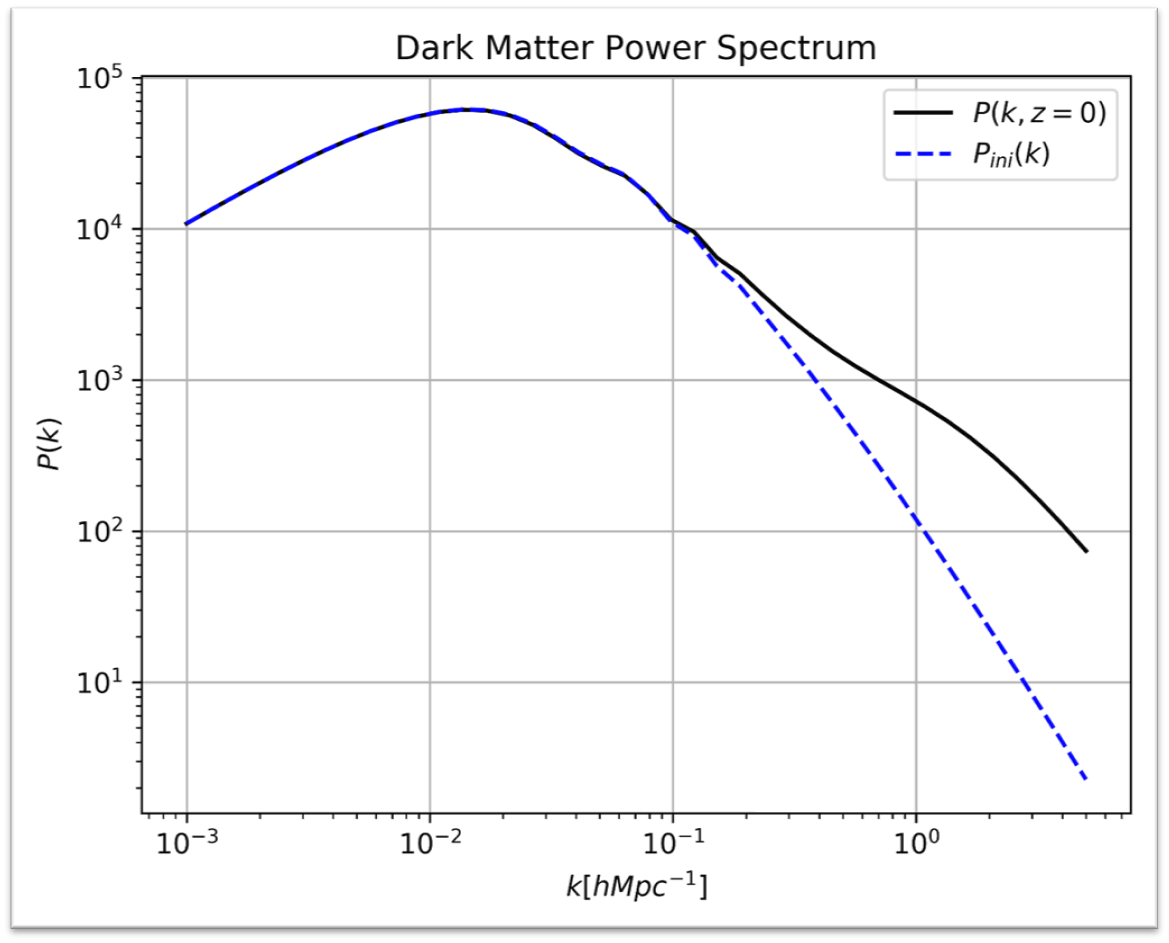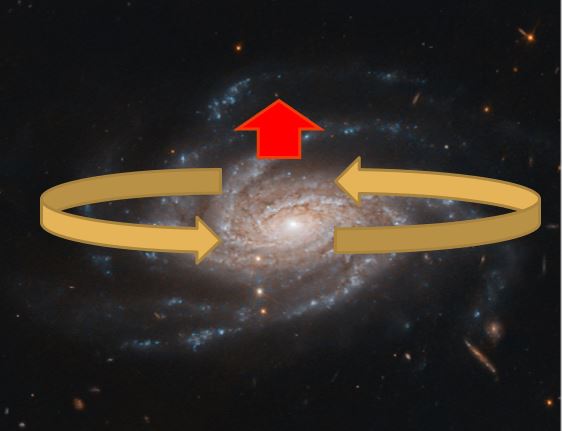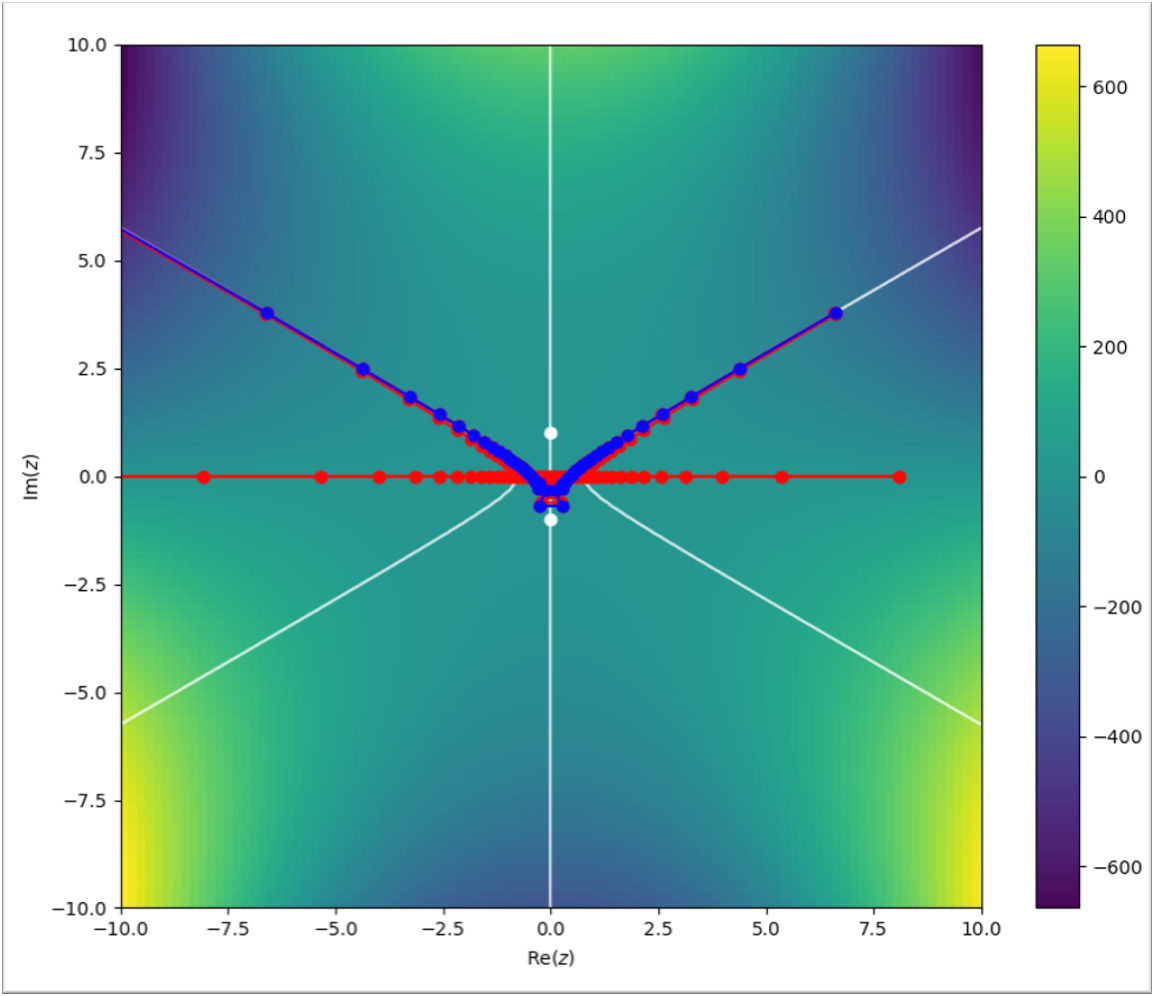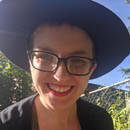Welcome!
As you may have gathered, I am a doctoral candidate and researcher in cosmology, working on the large-scale structure. I am supervised by Dr. Ue-Li Pen at the Canadian Institute for Theoretical Astrophyics.
Besides my research, this website also features many other aspects and responsibilties of being a researcher and a physicist today. It is a given that any researcher is interested in feedback on their contributions to the scientific conversation, however I also want to emphasize that I am interested in feedback about education, outreach, and equity, diversity and inclusion as well, and how to integrate them into aspects of the communities I am part of.




